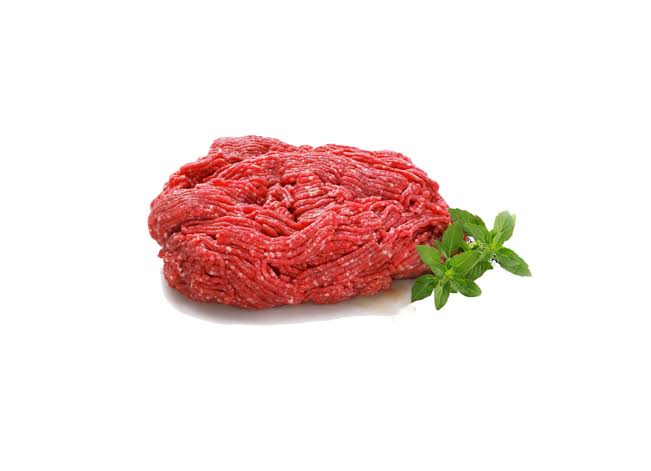About ground beef:-
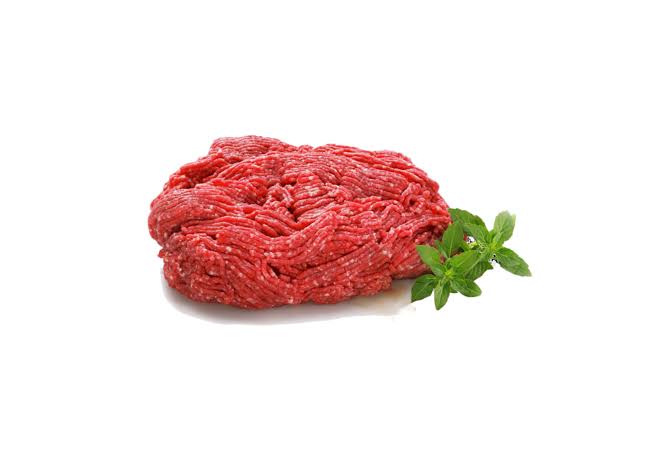
Ground beef is beef that has been finely chopped or minced, making it versatile and suitable for various recipes. It’s commonly used in dishes like burgers, meatballs, tacos, and spaghetti sauce. Here’s a detailed look at ground beef:
why we love ground beef:-
Ground beef is a popular ingredient for several reasons, making it a favorite in many kitchens. Here’s why people love ground beef:
**1. Versatility:
- Wide Range of Dishes: Ground beef can be used in a variety of recipes, from burgers and meatballs to tacos and pasta sauces. Its versatility allows for countless meal options.
- Adaptable Flavors: It absorbs and complements a wide range of seasonings and flavors, making it easy to customize to different cuisines and tastes.
**2. Convenience:
- Quick to Cook: Ground beef cooks relatively quickly compared to whole cuts of meat. This makes it ideal for fast, easy weeknight dinners.
- No Special Equipment Needed: It requires minimal preparation and can be cooked in basic kitchen equipment like a skillet or pot.
**3. Affordability:
- Cost-Effective: Ground beef is generally more affordable than whole cuts of beef, making it a budget-friendly choice for many households.
**4. Flavor:
- Rich and Savory: Ground beef has a rich, savory flavor that appeals to many people. The fat content, which varies based on the grind, enhances its taste and juiciness.
**5. Texture:
- Pleasant Mouthfeel: The texture of ground beef makes it easy to chew and incorporate into various dishes, providing a satisfying and hearty experience.
**6. Protein Source:
- High-Quality Protein: Ground beef is a good source of high-quality protein, which is essential for muscle growth, repair, and overall bodily functions.
**7. Customizable:
- Adjustable Fat Content: Ground beef is available in various fat percentages (e.g., 80/20, 90/10), allowing you to choose based on your dietary preferences and recipe requirements.
- Add-In Friendly: It can be mixed with other ingredients like vegetables, spices, and sauces, enhancing its flavor and nutritional value.
**8. Comfort Food:
- Classic Dishes: Ground beef is often used in classic comfort foods like meatloaf, shepherd’s pie, and chili, which evoke a sense of nostalgia and warmth.
**9. Meal Prep:
- Batch Cooking: Ground beef is easy to cook in large batches and can be used for meal prepping, saving time on busy days. It stores well and can be used in multiple dishes throughout the week.
**10. Cultural Popularity:
- Global Use: Ground beef is used in many cuisines around the world, from American burgers and meatballs to Mexican tacos and Italian pasta sauces. Its widespread use makes it a familiar and beloved ingredient for many people.
READ THIS ALSO:- meat loaf recipe Chicken breast recipe
Advantage of eating gound beef:-
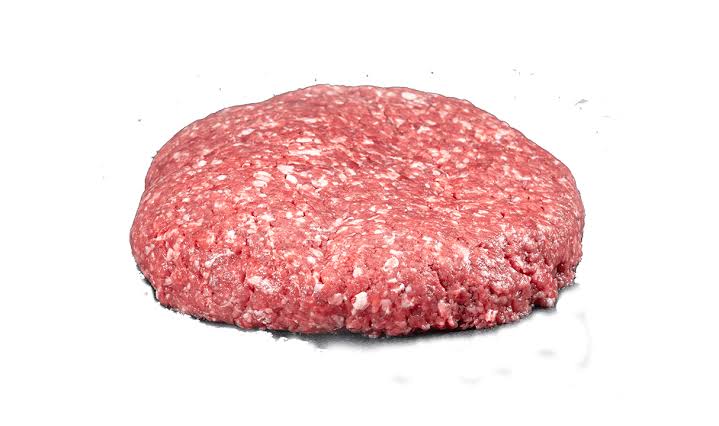
Eating ground beef offers several advantages, contributing to its popularity and versatility as a food choice. Here are some key benefits:
**1. High-Quality Protein:
- Essential for Muscle Growth: Ground beef is a rich source of high-quality protein, which is crucial for muscle development, repair, and overall bodily functions.
- Satiety: Protein helps you feel fuller for longer, which can aid in weight management and prevent overeating.
**2. Rich in Nutrients:
- Vitamins: Ground beef is a good source of B vitamins, particularly B12, which is important for energy production and red blood cell formation.
- Minerals: It provides essential minerals such as iron (important for oxygen transport in the blood), zinc (supporting immune function and wound healing), and selenium (antioxidant properties).
**3. Flavor and Satisfaction:
- Savory Taste: The natural fat content in ground beef enhances its flavor and juiciness, making meals more satisfying and enjoyable.
- Versatile Cooking: It can be used in a wide range of recipes, from burgers and meatballs to sauces and casseroles, allowing for diverse and flavorful meals.
**4. Nutrient Density:
- Compact Nutrition: Ground beef is nutrient-dense, meaning it provides a substantial amount of vitamins and minerals in a relatively small serving.
**5. Affordable Protein Source:
- Cost-Effective: Ground beef is generally more affordable compared to whole cuts of beef, making it a budget-friendly option for high-quality protein.
**6. Convenience:
- Easy to Prepare: Ground beef cooks quickly and easily, making it a practical choice for busy weeknight dinners. It requires minimal preparation and can be used in various cooking methods.
**7. Customizable Fat Content:
- Adjustable: Ground beef is available in different fat percentages (e.g., 80/20, 90/10), allowing you to select the lean or fatty option based on your dietary preferences and recipe needs.
**8. Supports Healthy Metabolism:
- Essential Nutrients: The nutrients in ground beef, including B vitamins and iron, support metabolic processes and overall health.
**9. Culinary Versatility:
- Adaptable Ingredient: It can be seasoned and mixed with various ingredients, making it suitable for numerous cuisines and recipes. This adaptability allows for a wide range of meals and flavors.
**10. Energy Provision:
- Caloric Content: Ground beef provides a good source of energy due to its protein and fat content, making it a valuable part of a balanced diet.
**11. Supporting Local Farmers:
- Local Sourcing: Purchasing ground beef from local sources or farms can support local agriculture and ensure fresher products.
Here’s a simple and delicious recipe for ground beef, with measurements in grams. This recipe makes a classic Ground Beef and Vegetable Skillet:
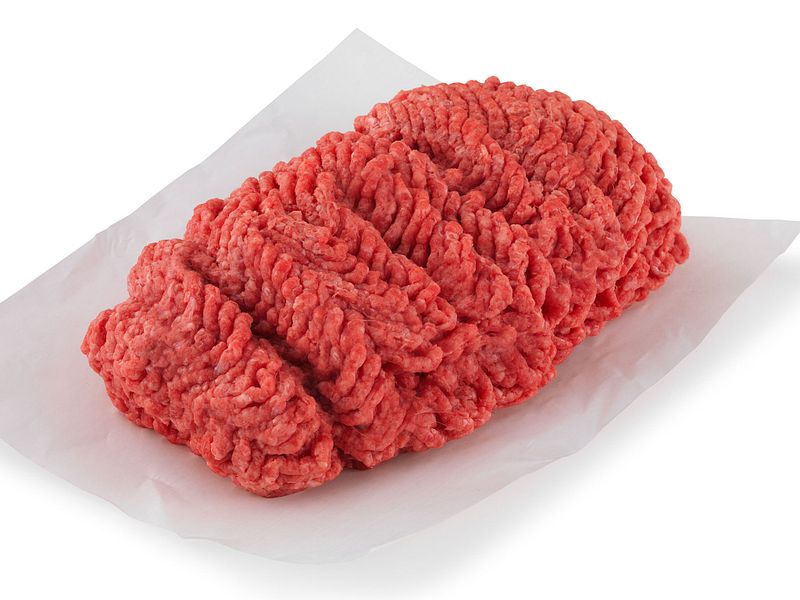
Ground Beef and Vegetable Skillet
Ingredients:
- 500g ground beef
- 200g onion, chopped (about 1 large onion)
- 150g bell peppers, diced (about 1-2 peppers, any color)
- 150g carrots, diced (about 2 medium carrots)
- 200g canned diced tomatoes (with juice, about 1 can)
- 2 cloves garlic, minced (about 6g)
- 2 tablespoons tomato paste (about 30g)
- 1 tablespoon olive oil (about 15g)
- 1 teaspoon dried oregano (about 1g)
- 1 teaspoon ground cumin (about 1g)
- Salt and pepper, to taste
- Fresh parsley (optional, for garnish)
Process of making :-
Garnish with fresh parsley if desired. Serve the beef and vegetable mixture over rice, pasta, or with crusty bread.
Prepare Ingredients:
Chop the onion, bell peppers, and carrots. Mince the garlic.
Cook the Beef:
Heat the olive oil in a large skillet over medium heat.
Add the ground beef and cook until browned, breaking it up with a spatula as it cooks. Drain excess fat if needed.
Sauté Vegetables:
Add the chopped onion, bell peppers, and carrots to the skillet with the beef.
Cook for about 5-7 minutes until the vegetables are tender and the onion is translucent.
Add Garlic and Seasonings:
Stir in the minced garlic, dried oregano, and ground cumin. Cook for another 1-2 minutes until the garlic is fragrant.
Incorporate Tomatoes:
Add the canned diced tomatoes and tomato paste to the skillet. Stir well to combine all ingredients.
Simmer:
Reduce the heat to low, cover, and let the mixture simmer for about 15-20 minutes, stirring occasionally, until the flavors meld together and the vegetables are fully cooked.
Season:
Taste and adjust seasoning with salt and pepper as needed.
Serve:
Garnish with fresh parsley if desired. Serve the beef and vegetable mixture over rice, pasta, or with crusty bread.
READ THIS ALSO:- Pancake recipe Egg roll recipe
key points for making ground beef:-
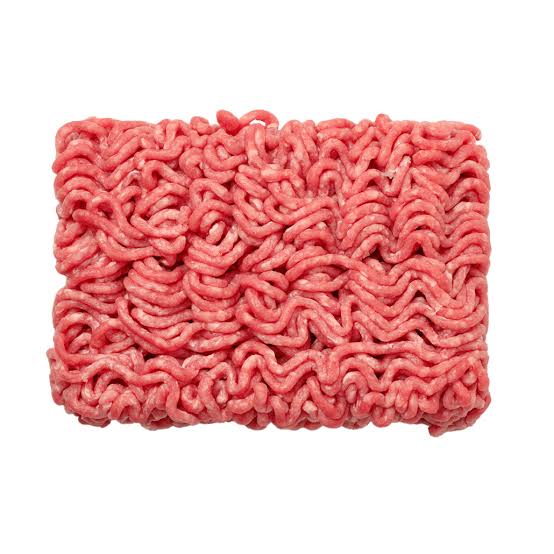
Here are the key points for making ground beef dishes that are flavorful, well-cooked, and satisfying:
**1. Select Quality Beef:
- Choose the Right Cut: For ground beef, cuts like chuck, sirloin, or round are commonly used. Each cut has a different fat content and flavor profile.
- Freshness: Use fresh ground beef or freeze it if you’re not using it immediately. Ensure it’s handled and stored properly to maintain quality.
**2. Adjust Fat Content:
- Fat Ratio: Decide on the fat content based on your recipe and dietary needs. Common ratios are 80/20 (80% lean meat, 20% fat) for juicy burgers and 90/10 (90% lean meat, 10% fat) for leaner dishes.
- Draining Fat: For leaner dishes, you might need to drain excess fat after browning.
**3. Cook Properly:
- Brown Evenly: Cook ground beef over medium to high heat to ensure even browning. Avoid overcrowding the pan, as it can cause steaming rather than browning.
- Break Up Clumps: Use a spatula or spoon to break up clumps of meat while cooking to ensure even cooking and texture.
**4. Season Well:
- Basic Seasoning: Season ground beef with salt and pepper during cooking. Adjust seasoning according to your recipe.
- Additional Flavors: Incorporate herbs, spices, garlic, onions, or sauces to enhance the flavor profile of your dish.
**5. Cook to Safe Temperature:
- Internal Temperature: Ground beef should be cooked to an internal temperature of 71°C (160°F) to ensure it’s safe to eat. Use a meat thermometer to check.
**6. Combine Ingredients:
- Mixing: If making patties or meatballs, mix ground beef with other ingredients like breadcrumbs, eggs, or vegetables gently to avoid overworking the meat, which can make it tough.
**7. Rest the Meat:
- Let It Rest: Allow ground beef to rest for a few minutes after cooking. This helps retain juices and improves texture.
**8. Versatility:
- Recipe Adaptability: Ground beef can be used in a variety of dishes, from burgers and meatballs to sauces and casseroles. Adapt the preparation method and seasoning based on the specific recipe.
**9. Proper Storage:
- Refrigeration: Store raw ground beef in the refrigerator for up to 1-2 days. If not using immediately, freeze it for longer storage.
- Cooked Beef: Store cooked ground beef in an airtight container in the refrigerator for up to 3-4 days.
**10. Healthy Options:
- Lean Ground Beef: Opt for lean or extra-lean ground beef if you’re looking to reduce fat intake. You can also drain excess fat during cooking.
**11. Food Safety:
- Handle with Care: Follow proper food handling practices, such as washing hands and surfaces that come into contact with raw meat, to prevent cross-contamination.
nutrition value in ground beef:-
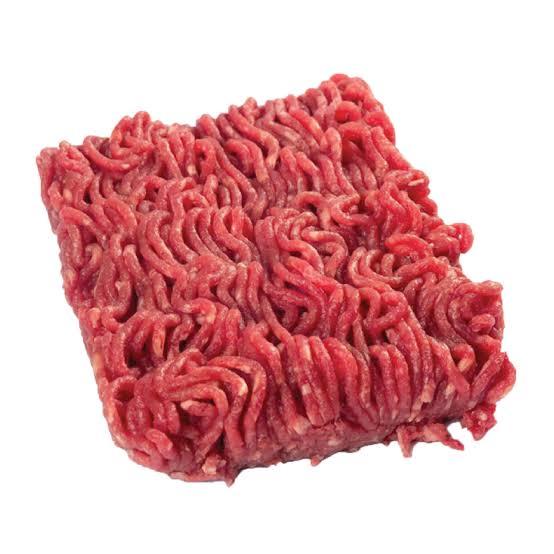
The nutritional value of ground beef can vary depending on its fat content and the specific cut of meat used. Here’s a general breakdown for a 100-gram (3.5-ounce) serving of cooked ground beef, using different fat percentages:
Nutritional Value (per 100 grams cooked ground beef):
For 80/20 Ground Beef (80% lean, 20% fat):
- Calories: Approximately 250 kcal
- Protein: 26g
- Fat: 17g
- Saturated Fat: 7g
- Carbohydrates: 0g
- Cholesterol: 80mg
- Sodium: 70mg (varies based on added salt)
- Iron: 2.7mg (15% of the Daily Value)
- Vitamin B12: 2.4µg (100% of the Daily Value)
- Zinc: 4.8mg (44% of the Daily Value)
For 90/10 Ground Beef (90% lean, 10% fat):
- Calories: Approximately 200 kcal
- Protein: 26g
- Fat: 10g
- Saturated Fat: 4g
- Carbohydrates: 0g
- Cholesterol: 80mg
- Sodium: 70mg (varies based on added salt)
- Iron: 2.7mg (15% of the Daily Value)
- Vitamin B12: 2.4µg (100% of the Daily Value)
- Zinc: 4.8mg (44% of the Daily Value)
For Lean Ground Beef (95/5, 95% lean, 5% fat):
- Calories: Approximately 170 kcal
- Protein: 26g
- Fat: 5g
- Saturated Fat: 2g
- Carbohydrates: 0g
- Cholesterol: 80mg
- Sodium: 70mg (varies based on added salt)
- Iron: 2.7mg (15% of the Daily Value)
- Vitamin B12: 2.4µg (100% of the Daily Value)
- Zinc: 4.8mg (44% of the Daily Value)
Key Nutrients in Ground Beef:
- Protein: Ground beef is an excellent source of high-quality protein, essential for muscle growth, repair, and overall bodily functions.
- Fat: Provides essential fatty acids, though higher fat content also means more calories. Leaner versions reduce fat intake.
- Iron: Ground beef is rich in iron, which is important for oxygen transport in the blood.
- Vitamin B12: Essential for nerve function and red blood cell formation.
- Zinc: Supports immune function and wound healing.
Considerations:
- Fat Content: Higher fat content in ground beef increases calorie and saturated fat intake. Opt for leaner options if reducing fat intake is a goal.
- Sodium: Nutritional values can vary based on added salt and seasonings.
- Cooking Methods: Methods such as grilling or broiling can reduce the fat content as some fat drips away during cooking.
What is ground beef?
Ground beef is beef that has been finely chopped or minced. It is typically made from cuts like chuck, sirloin, or round and is used in a variety of recipes such as burgers, meatballs, and sauces.
What are the different types of ground beef?
Ground beef is categorized based on its fat content:
80/20: 80% lean meat, 20% fat, commonly used for juicy burgers.
90/10: 90% lean meat, 10% fat, often used for leaner dishes.
95/5: 95% lean meat, 5% fat, used for low-fat recipes.
How should I store ground beef?
Store raw ground beef in the refrigerator for up to 1-2 days. If you’re not using it within that time frame, freeze it for up to 3-4 months. Cooked ground beef can be stored in the refrigerator for 3-4 days.
How do I cook ground beef?
Cook ground beef in a skillet over medium to high heat, breaking it up into smaller pieces as it cooks. Cook until browned and fully cooked through, with an internal temperature of 71°C (160°F). For better flavor, season it during cooking.
How can I reduce the fat content of ground beef?
Opt for leaner varieties of ground beef (e.g., 90/10 or 95/5) or drain excess fat after cooking. You can also use techniques like blotting with paper towels to remove some of the fat.
